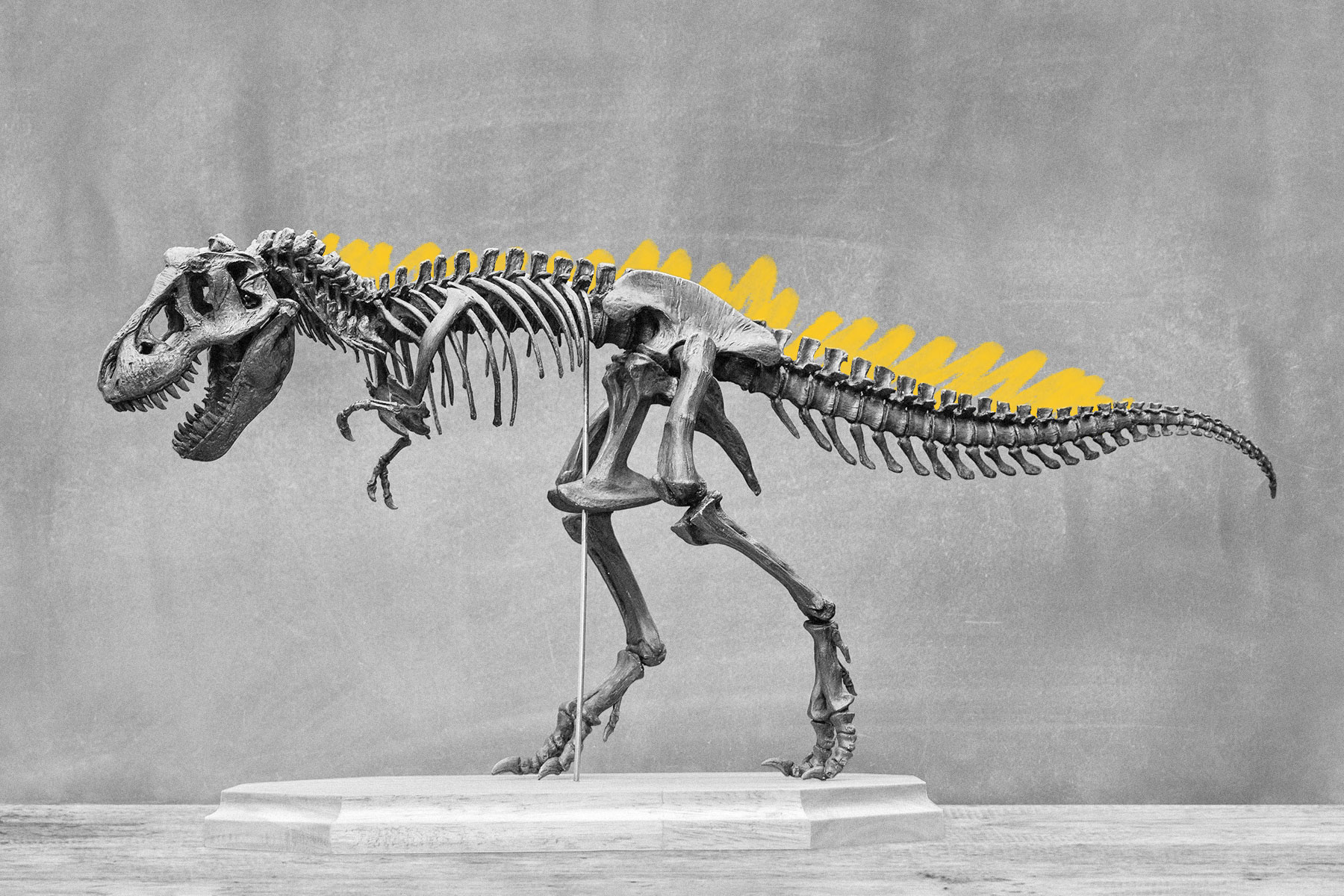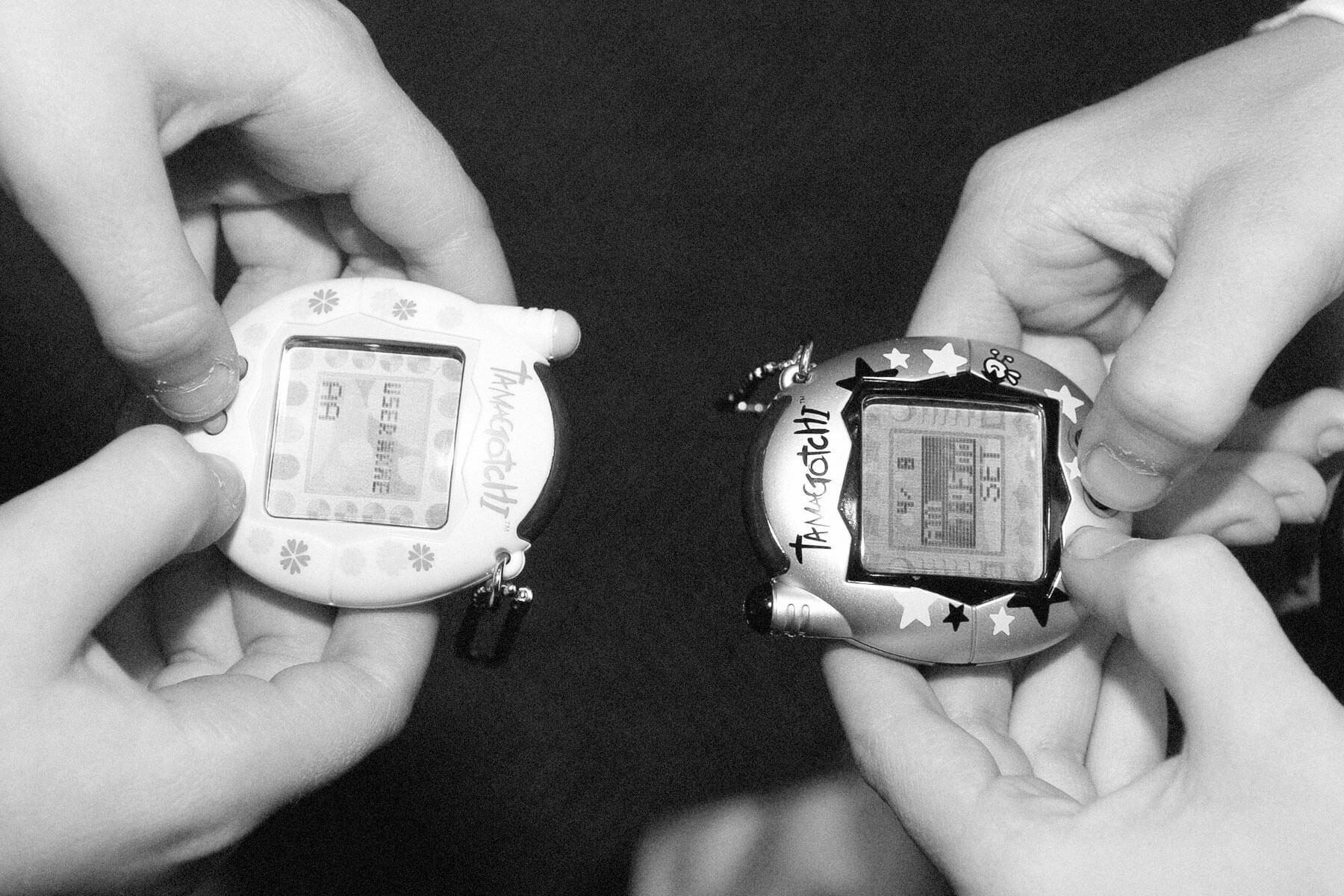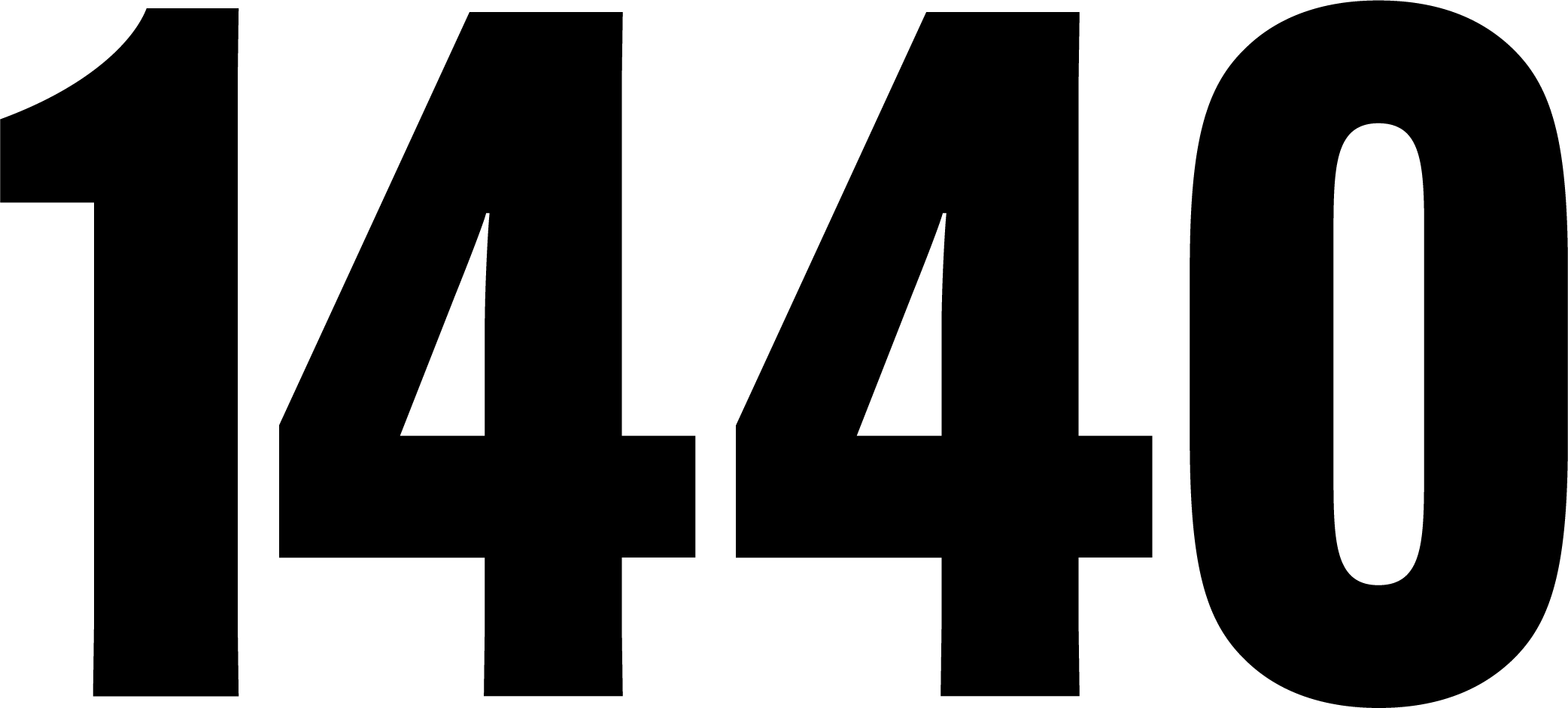A day in the dinosaur age wasn't 24 hours long
Wednesday, July 31, 2024
A lot can change in 65 million years, including the length of a day. Back when dinosaurs roamed the Earth, it took about 23 hours for the Earth to rotate on its axis, rather than 24 hours. |
| |
| |
|
 |
|
| A lot can change in 65 million years, including the length of a day. Back when dinosaurs roamed the Earth, it took about 23 hours for the Earth to rotate on its axis, rather than 24 hours. You can see the reason why every night: the moon. Our only natural satellite has been slowing down the planet's rotation by exerting its gravitational pull on us ever since it was first formed, the most noticeable effect of which is slowly increasing how long the Earth's daily rotation takes. It's an incredibly slight change in the short term — about two milliseconds per century — but over the course of many millennia, it has increased the length of a day by a full hour. |
|
|
| That's hardly the only difference between the planet we know today and the way it was 65 million years ago. Because it takes us and the rest of our solar system between 225 million and 250 million years to orbit the center of our galaxy, the Earth was on the other side of the galaxy during the age of dinosaurs — meaning they saw different stars in the night sky than we do. |
|
 |  |
|
|
 |
|
| |
|
| Estimated hours in a day when the moon first formed | | | 2-10 |
| | | Continents on which dinosaur fossils have been found | | | 7 |
| | | Continents on which dinosaur fossils have been found | | | 7 |
|
|
|
| Days it takes the moon to rotate on its axis | | | 27.3 |
| | | Length (in feet) of Dreadnoughtus, possibly the largest dinosaur | | | 85 |
| | | Length (in feet) of Dreadnoughtus, possibly the largest dinosaur | | | 85 |
|
|
|
 |
|
 | | Did you know? |
|
|
Dinosaurs lived in the Mesozoic Era. |
|
| Despite ending 66 million years ago, the Mesozoic is the second most recent era in geologic time. It also accounts for the entirety of the dinosaurs' time on Earth, which was divided into three periods: Triassic, Jurassic, and Cretaceous. The Mesozoic was preceded by eight other eras — Eoarchean, Paleoarchean, Mesoarchean, Neoarchean, Paleoproterozoic, Mesoproterozoic, Neoproterozoic, and Paleozoic — and began 252 million years ago, meaning it lasted 186 million years itself. Our current era is the Cenozoic, which is also known as the age of mammals. |
|


posted by June Lesley at 4:00 AM












![]()
![]()






0 Comments:
Post a Comment
<< Home